15 Most Dangerous Cars Of All Time
Automotive, Design, Lists, Other, ShockingDesigners and manufacturers have made a huge number of improvements to the vehicles that they have created over the past century. They are now faster, more fuel efficient and luxurious than ever before. However, the biggest improvement has arguably come in the safety department.
In the past, those wishing to travel longer distances could often put their lives at risk by choosing the wrong mode of transportation. Poor raw materials made for cars that could fail catastrophically at a moments notice, strange designs could have unforeseen consequences when put into practice and safety technology just wasn’t advanced enough to be very effective. Now though, with ever more advanced security designs and features, it has never been safer to travel in a car. Something that can’t be said for the following vehicles.
DeLorean DMC-12
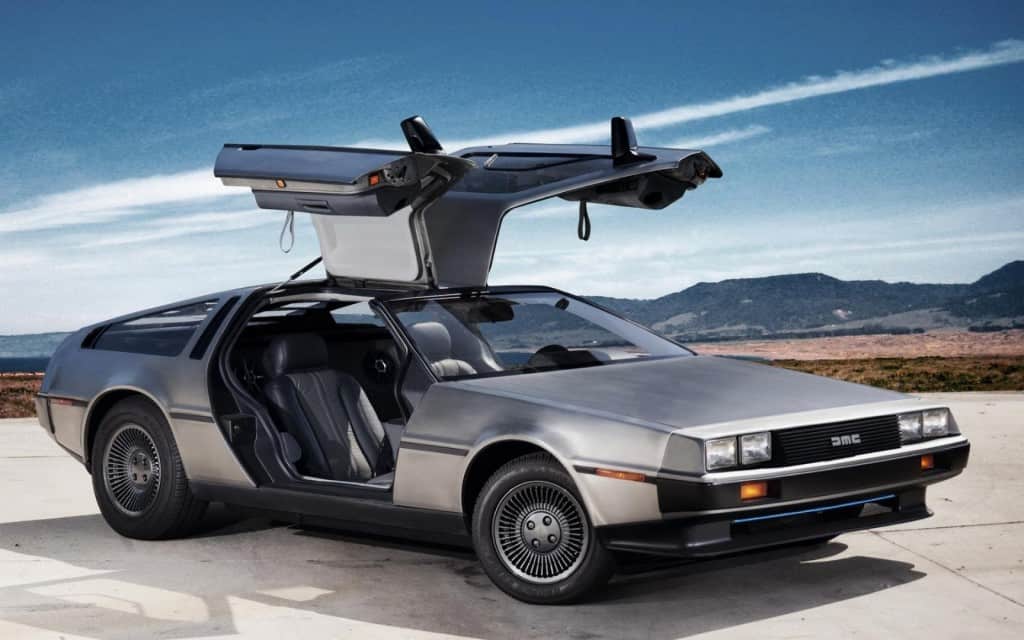
Although the DeLorean is best known for its role in the Back to the Future films, it also has a reputation for being an incredibly dangerous vehicle. The unique design of the car along with the distinctive gull-wing doors meant that in a crash they could easily become jammed. This matter was complicated by there being no safety-release on the door and the small windows, making it difficult for anyone trapped inside to escape.
Ford Mustang
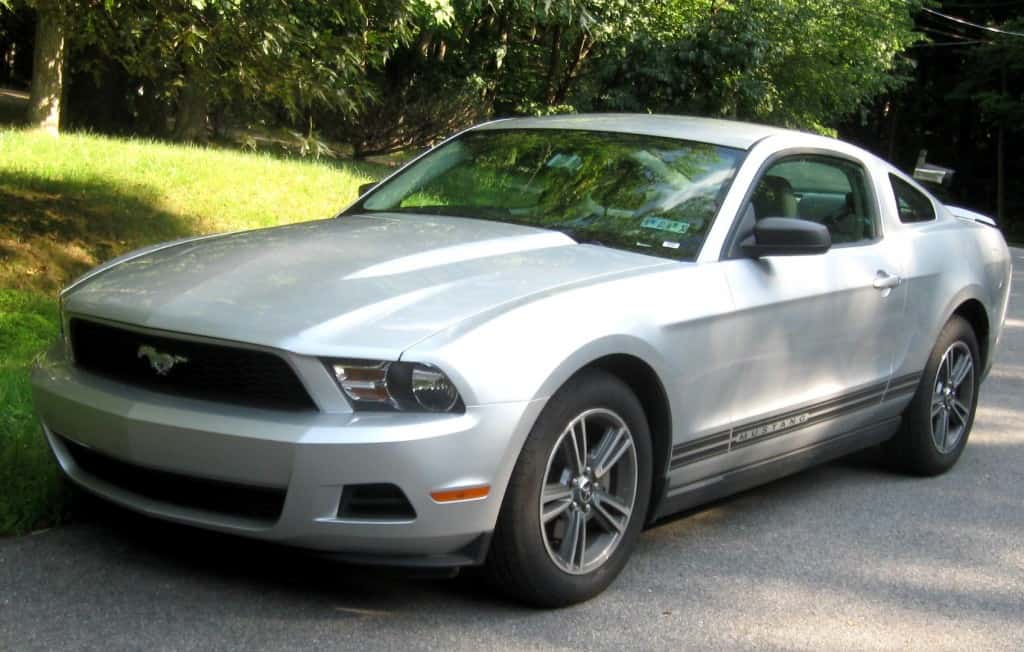
Although the Ford Mustang has no real design flaw that leads directly to crashes or road accidents, it is still statistically one of the most dangerous cars in the world. Reports indicate that collisions and deaths involving the Mustang are four times as frequent as with the average car. The most plausible explanation is that the car is relatively cheap compared to its power and speed, meaning that inexperienced drivers can pick up one while still young. These drivers are far more likely to lose control at high speed, leading to deadly accidents.
Hyundai Pony
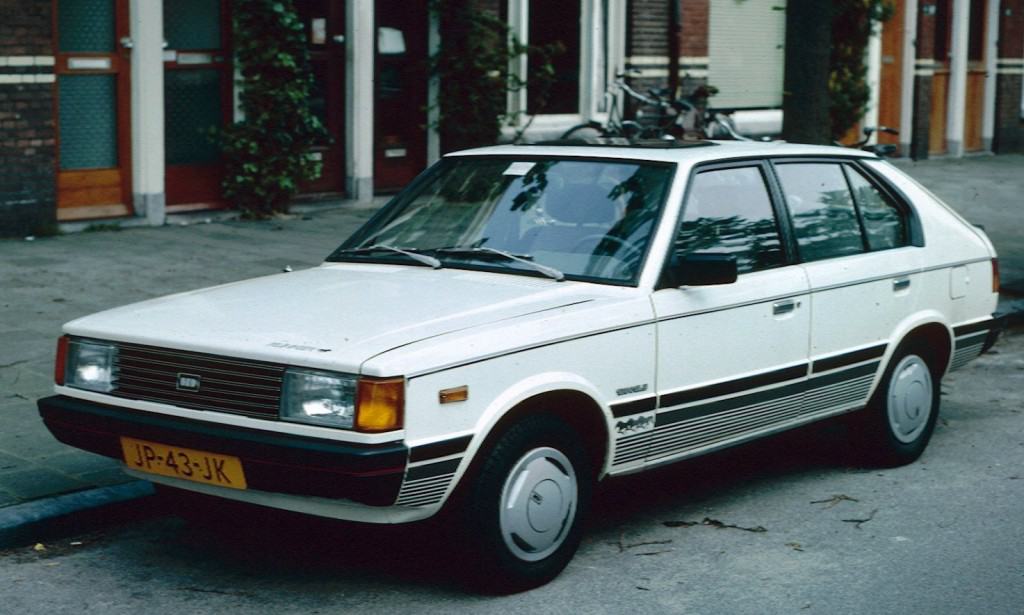
Sold all around the world, the Hyundai Pony grew in popularity thanks to its cheap price compared to similar vehicles on the market. It was particularly popular in Canada, with more than 50,000 cars sold in just two years from 1984 to 1985. As it was the first mass-produced car to come out of South Korea, it had a number of issues that made accidents far more likely, with the main problem being the cheap raw materials that had been used to construct the chassis and body that offered little protection in a crash.
Geely CK

First produced in 2005, the Geely CK is a Chinese car that only sells in a number of markets around the world, most notably in China, South America and Russia. However, officials have not allowed it to release in the US and other European countries after it failed almost every safety test it has gone through. Many of the vehicles have no airbags, while examiners noted that during crash testing the body was prone to collapsing almost completely, giving drivers and passengers no protection.
Chevy Colorado

The Chevy Colorado Extended Cab 2WD pickup is one of the most dangerous mass-produced vehicles currently available. Out of every million registrations, statistics show that 93 people die. A large proportion of those deaths came in accidents that involved no other vehicle. This suggested that the Chevy Colorado may have been difficult to handle or have more power than users expected, making it possible for drivers to lose control.
Audi 5000
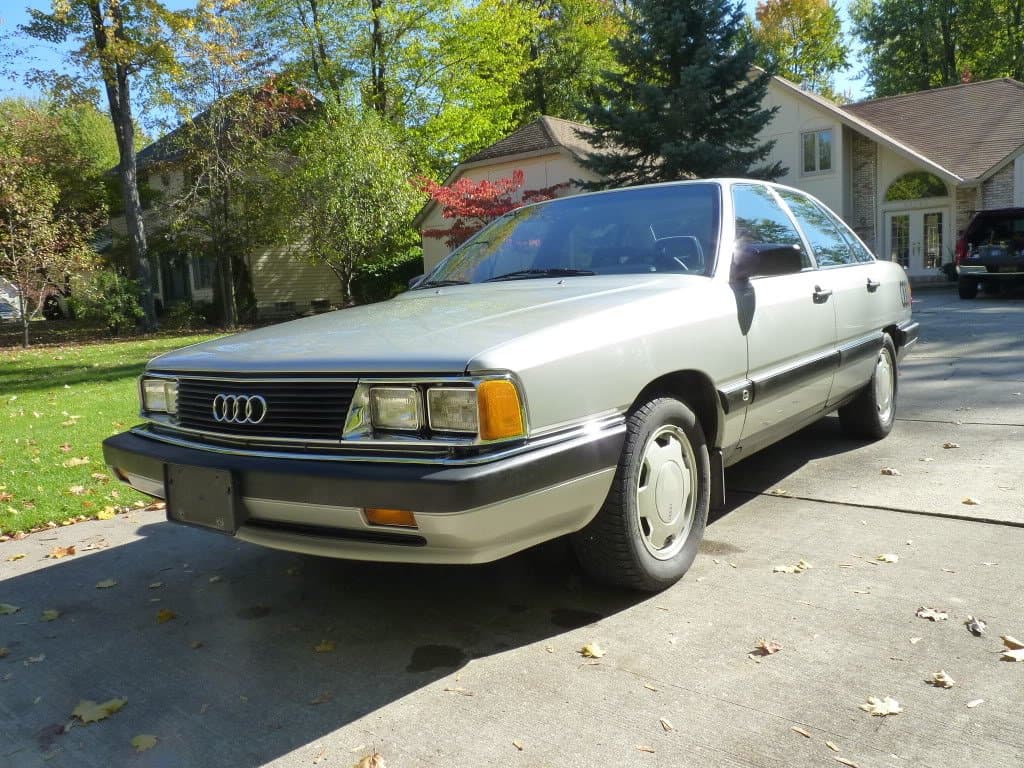
The Audi 5000 caused a huge reputation problem for the German car manufacturer in the 1980’s. A faulty system on the car meant that while the engine was idling it was possible for it to unexpectedly rev up and lurch forward. Audi addressed the problem by arguing that the idling issue was not serious enough to cause any accidents on the road by itself but did acknowledge that it may surprise and shock drivers into panicking and accidentally pressing the accelerator. Estimates indicate the car could have been responsible for almost 1,000 crashes and six deaths.
Toyota Yaris

The demand for smaller cars has grown over the past decade, mostly because they are cheaper to buy, more economical and attract lower taxes and insurance. One of the most popular models has been the Toyota Yaris, but the small size of the car has its downsides. Even with advanced safety technology, the small size means that crumple zones are simply not as effective as on larger vehicles. This means that those inside are much more likely to feel any impact as more forceful and be crushed, no wonder then that almost there were almost 29 injury claims for every 1000 of the vehicles that were sold.
Chevrolet Corvair

Chevrolet created the Corvair to compete with the likes of Porsche. Unfortunately, drivers would often lose control of the car due to a large amount of oversteer that came about thanks to the rear-mounted engine. This was something of a novelty in the American market and most drivers were not prepared for the different driving style required. Combined with the fact that no anti-roll bar had been added to the front of the vehicle and that the steering column could easily be pushed towards the driver in an impact, the Corvair had a reputation for being reckless.
Ford Bronco II
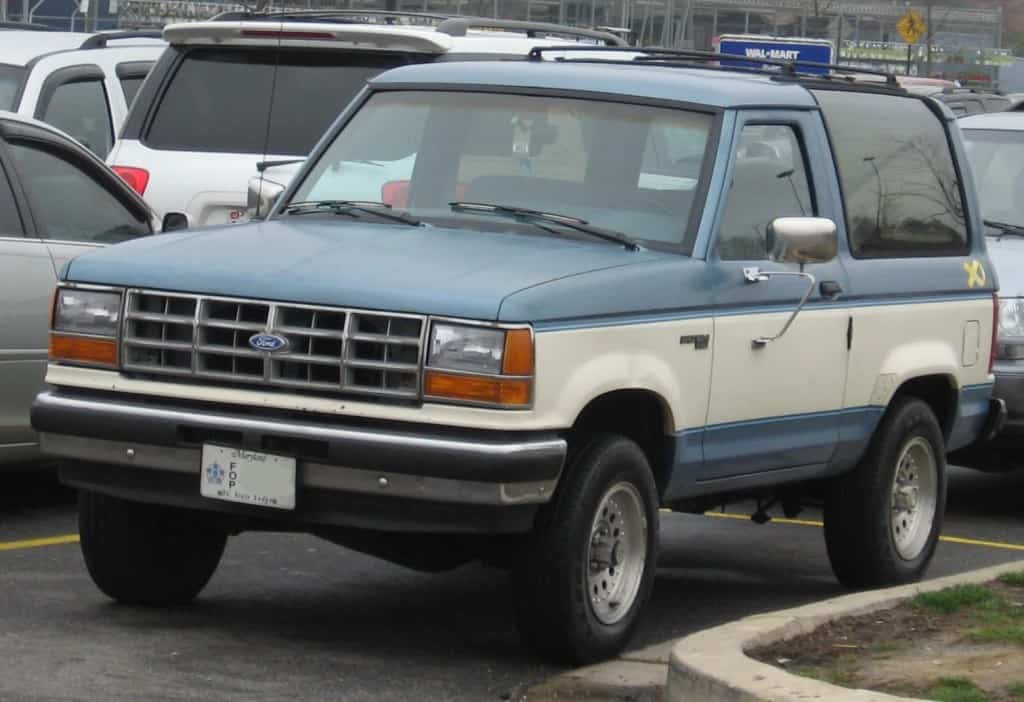
Ford’s answer to creating a compact SUV came in the form of the Bronco II, a car that was designed to be agile and rugged. Unfortunately, because of the fact it shared many of the same features as the Ford Ranger, it ended up being top heavy and when this was combined with a faulty suspension it meant that the car became very susceptible to rolling over. The problem was exacerbated when the car went through a tight turn at speed and is believed to have been directly responsible for a large number of deaths.
Chery A15
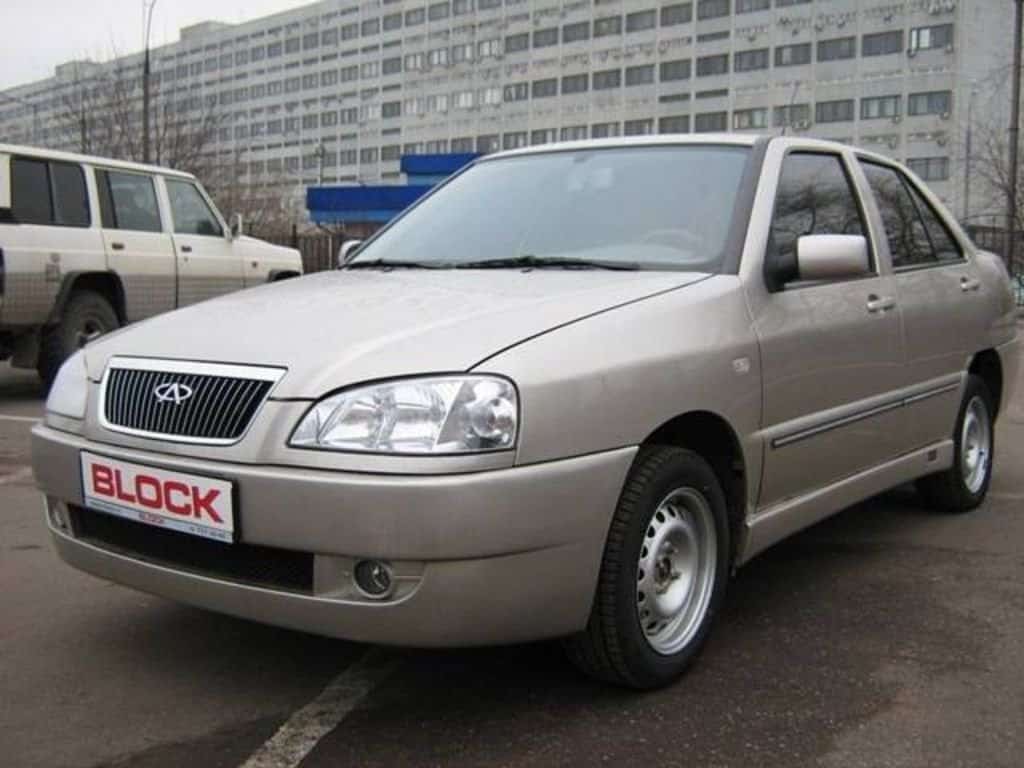
The Chery A15 is a Chinese made subcompact car that was first released in 2004. It has since been exported to a number of countries around the world but has been limited mostly to Russia, Ukraine, Asia and South America. This is down partly to the horrendous safety features the car has. Tests carried out by officials and motoring magazines show that, like the Geely CK, the body is likely to crumple almost completely during a collision. During some tests, the crash dummy had to be dismantled before it could be removed from the vehicle because of the extensive damage it had received from a relatively low speed collision.
Yugo GV
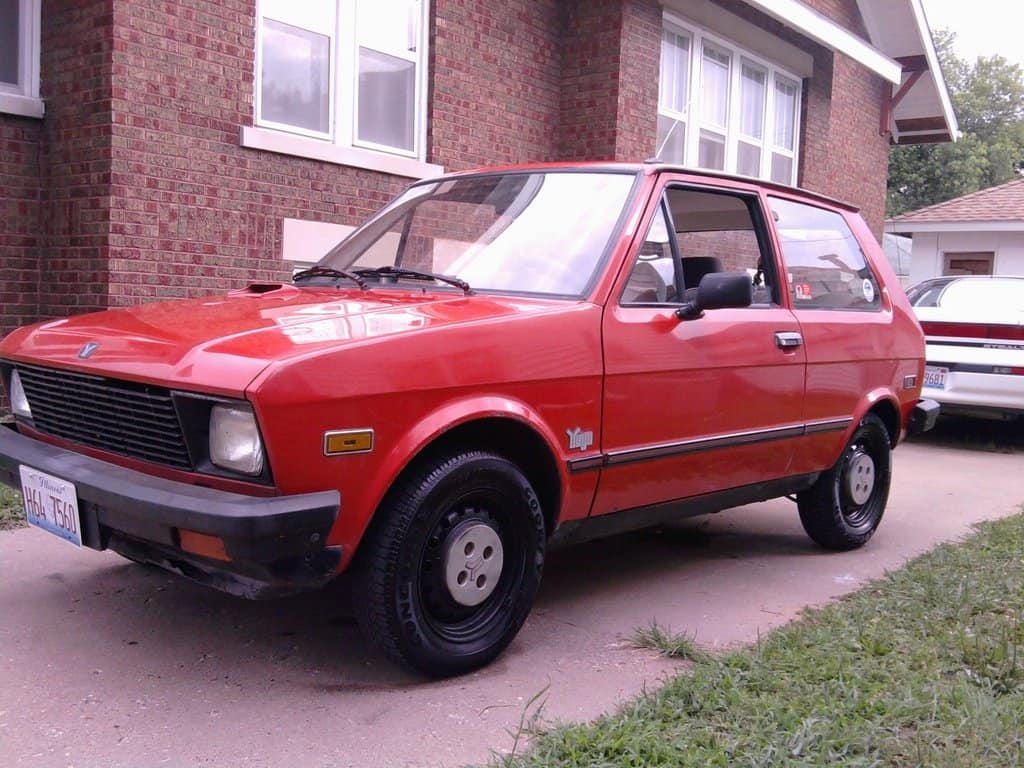
There was no specific problem with the Yugo GV that led to any particular flurry of accidents. Instead, the cheap materials that were used to build it and the poor design simply made it dangerous to drive in general. If you were involved in a crash you were likely to be seriously injured as there were few safety devices built into the car. Meanwhile defective wiring and an engine prone to malfunction also led to frequent accidents.
Pontiac Fiero

Despite the fact that the Pontiac Fiero had one of the highest safety ratings from crash tests, it has still developed an infamous reputation for being unsafe. This happened because of its tendency to burst into flames without warning. Fires could start for a number of reasons, chief among them were faulty wiring that resulted from poor design choices, coolant lines that were located in unsuitable places in the engine and incorrect guidance to drivers about how much oil to put into the car.
Ford Pinto

The Ford Pinto had two major design flaws that made it one of the most dangerous cars that has ever been mass-produced. A problem with the design of the automatic transmission created a fault that could cause the car to change gear without warning. More important though was the choice by Ford to locate the gas tank perilously close to the rear of the car, meaning that any impacts on the back could cause the tank to leak and lead to fires. Both of these issues meant the Pinto was accident prone and responsible for almost 50 deaths.
Brilliance BS6
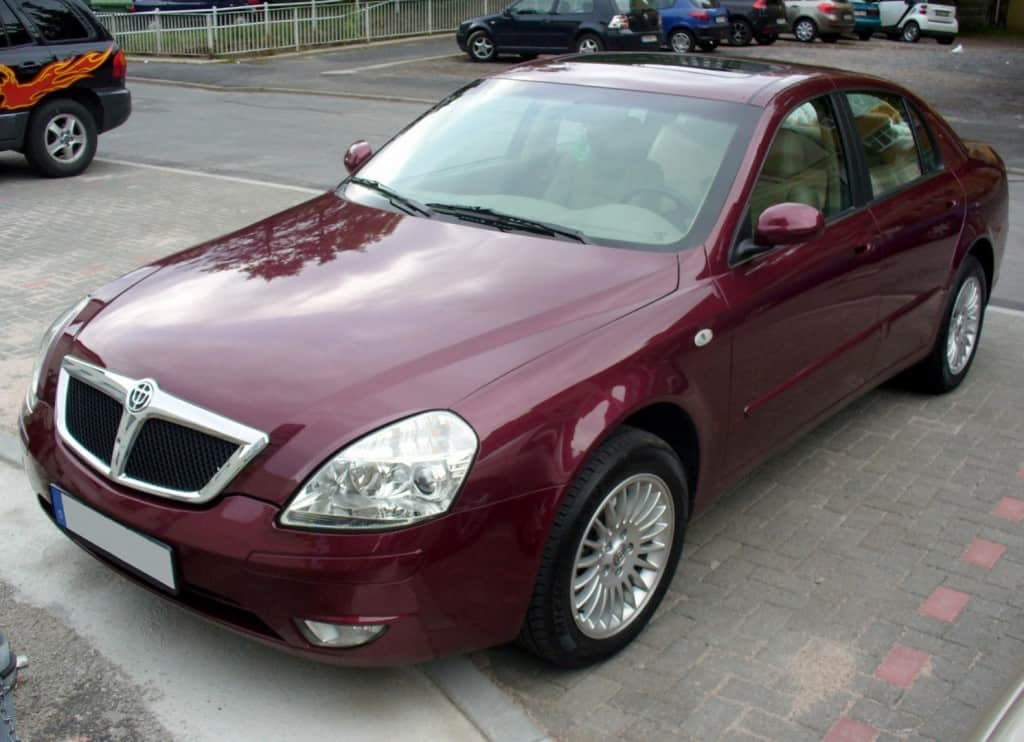
Created by the Chinese car manufacturer Brilliance Auto, the Brilliance BS6, which is also sometimes called the Brilliance M1, has been on sale since 2000. The manufacturer has been attempting to export the car to countries in Europe but have so far failed after crash testing showed the car was “catastrophically dangerous”. At just 40 mph the front and sides of the car was almost completely destroyed, with officials stating that any occupants in a BS6 were likely to die if involved in just a medium speed collision.
Ford Explorer
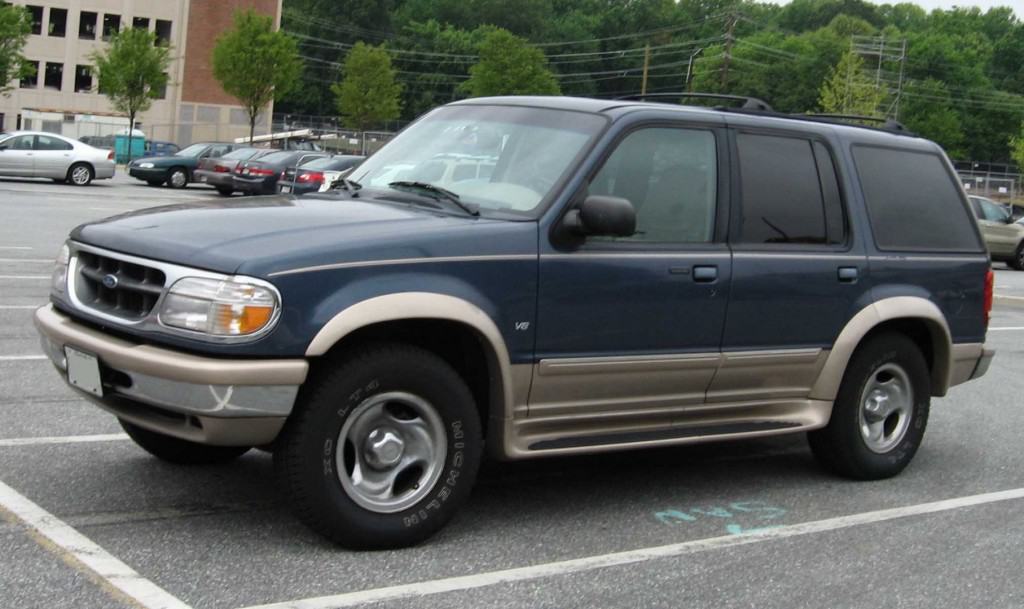
The Ford Explorer faced many of the same issues that plagued the earlier Bronco II, as its design was largely based on the small-SUV. Although some changes had been made in an attempt to ensure that it would not roll over frequently, the problem still persisted. In response, Ford advised drivers to lower the pressure on their tires. However, this just caused further accidents as it did little to stop the vehicle from toppling in a tight turn but also led to tires losing their tread and causing crashes through a loss of grip.



